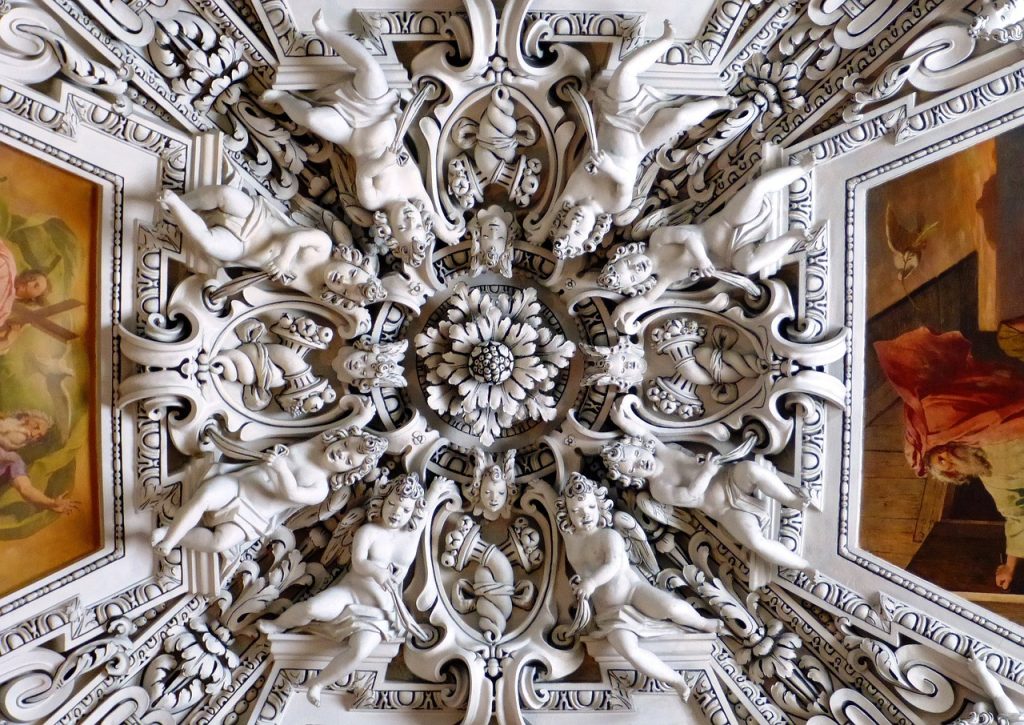Table of Contents
Is Beauty Related to Art?
The relationship between art and beauty is a subject that has been debated for centuries, tracing its roots back to ancient philosophical discourses. At first glance, art and beauty seem intrinsically linked, with the notion of beauty often being one of the primary goals of artistic creation. However, modern and postmodern developments in art have increasingly challenged this conventional association. The evolution of both concepts — beauty and art — over time suggests a more complex and multifaceted relationship than a simple equation of one with the other.

Photo by Pexels
Historical Perspective on Art and Beauty
Historically, beauty has often been regarded as a central aim of art. In classical antiquity, for example, Greek philosophers such as Plato and Aristotle viewed beauty as a fundamental aspect of artistic creation. Plato, in his idealist philosophy, associated beauty with forms of truth and goodness, suggesting that art, by depicting the beauty of the world or idealized forms, was a path to higher knowledge. Aristotle, while more focused on mimesis (the representation of reality), also saw beauty as an essential quality that contributed to the harmony and order of artistic works.
In the Renaissance, artists and thinkers revived these classical ideals, aligning beauty with symmetry, proportion, and harmony — characteristics seen as reflective of a divine or universal order. Art was understood as the imitation of nature, and beauty was seen as a reflection of a perfect or higher realm. For centuries, beauty remained central to Western art, and artists such as Leonardo da Vinci, Michelangelo, and Botticelli consciously aimed to produce works that aligned with established standards of beauty.
The Aesthetic Revolution: A Shift Away from Beauty
The Enlightenment and the subsequent Romantic period began to challenge the notion that beauty was the sole purpose of art. While aesthetics — the philosophical study of beauty — remained an important aspect of art theory, the idea that art’s purpose could be more than the pursuit of beauty began to take root. Immanuel Kant, for instance, argued in his Critique of Judgment (1790) that beauty is subjective and dependent on the observer’s experience. He distinguished between “free beauty,” which could be appreciated without reference to an object’s purpose, and “dependent beauty,” which had a function.
However, it was the advent of modernism in the late 19th and early 20th centuries that fully decoupled art from traditional notions of beauty. Movements such as Expressionism, Dadaism, and Surrealism pushed boundaries by embracing chaos, the grotesque, and the absurd. Art began to prioritize emotional expression, intellectual engagement, and social commentary over classical beauty. Marcel Duchamp’s Fountain (1917), a simple urinal placed in an art gallery, is a prime example of how the definition of art was expanded, making the pursuit of beauty appear secondary to other artistic intentions.
The postmodern era further complicated the relationship between beauty and art, as artists deliberately sought to critique societal standards of beauty, explore the politics of aesthetics, and deconstruct art itself. Beauty, once seen as the hallmark of artistic achievement, became just one of many possible concerns of art, often regarded with suspicion or treated as irrelevant in favor of more radical or subversive content.
Art Beyond Beauty: New Purposes
Given this shift, one might ask: If beauty is not essential to art, then what is? This question leads to the exploration of the broader purposes of art, which can be diverse and multifaceted. Art can be a medium of communication, a reflection of social issues, a form of personal or collective identity, or an exploration of philosophical and existential questions. Art can also serve as a form of protest, an expression of power, or a mechanism for emotional catharsis.
For example, the works of Pablo Picasso during his Guernica period reflect a focus on the horrors of war rather than the pursuit of aesthetic beauty. Similarly, in the contemporary era, much of the work of artists like Ai Weiwei or Banksy centers on political statements and critiques of power structures. These works challenge viewers to think critically, provoke emotional reactions, or engage in social and political dialogue, demonstrating that art can transcend beauty to serve many different functions.
The Persistence of Beauty in Art
Despite these developments, the notion of beauty has not been completely cast aside. In fact, beauty remains a powerful element of many forms of art, although its definition has broadened and evolved. Beauty is no longer confined to symmetry, proportion, or harmony; it can be found in imperfection, in the sublime, in the mundane, and even in the unsettling.
Beauty today is seen not as a universal or objective standard but as a subjective experience, varying according to personal, cultural, and historical contexts. For some, beauty may lie in the simplicity of a minimalist painting, while for others, it may be found in the complexity of abstract forms or the rawness of street art. In this way, beauty and art remain intertwined, but in a much more fluid and dynamic manner than in earlier historical periods.
Conclusion: A Dynamic Relationship
The relationship between beauty and art is undoubtedly complex. While historically, art was closely tied to notions of beauty, particularly in the Western tradition, modern and contemporary developments in art have expanded the field to include a wide array of purposes and expressions that may or may not align with traditional standards of beauty. Beauty, once seen as an objective characteristic to be pursued, is now understood as a subjective experience, influenced by individual and cultural factors.
Nevertheless, beauty continues to play a significant role in art, though its forms and meanings have diversified. Art, in all its forms, engages with human emotions, intellect, and the senses, and beauty remains one of the many pathways through which art achieves its impact. Ultimately, while beauty and art are not synonymous, they remain connected in ways that enrich both concepts, allowing for an ever-expanding dialogue between the two.


No responses yet